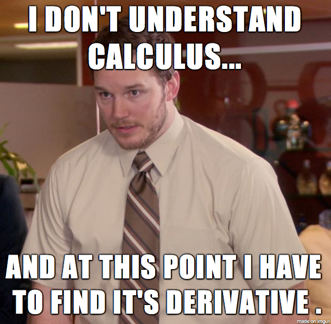Let
Linear Operators
We say that
Loosely translated,
- we can factor out a scalar multiple
- we can split the operator across a sum or difference
Calculus Review
- Show that the derivative operator is a linear operator.
- Show that the integral operator is a linear operator.

Proof
so
Proof
so
Expected Value
Is the expectation operator
Proof
We have shown that we can factor out a scalar multiple across the expectation operator.
Proof
We have shown that a horizontal shift of
Proof
We have shown that the expected value of a sum \ is the sum of the expected values.
Combining the above results, since
we have shown that the expectation operator
Also,
Variance
Is the variance
Counterpoint:
Recall the ``practical formula for variance’’
and tracking the scaling factor proceeds as follows
When factoring out a scalar from the variance function, the factor is squared.
Furthermore, since
Counterpoint:
Recall the ``practical formula for variance’’
We have shown that
Furthermore, since
Counterpoint:
We have shown that
Furthermore, since
We have shown that the variance function is not a linear operator.
Next time: working with
which is called the covariance!
Looking Ahead
due Fri., Mar. 10:
- WHW7
- LHW6
- Internet Connection (survey)
Exam 2 will be on Mon., Apr. 10
no lecture on Mar. 10, Mar. 24
